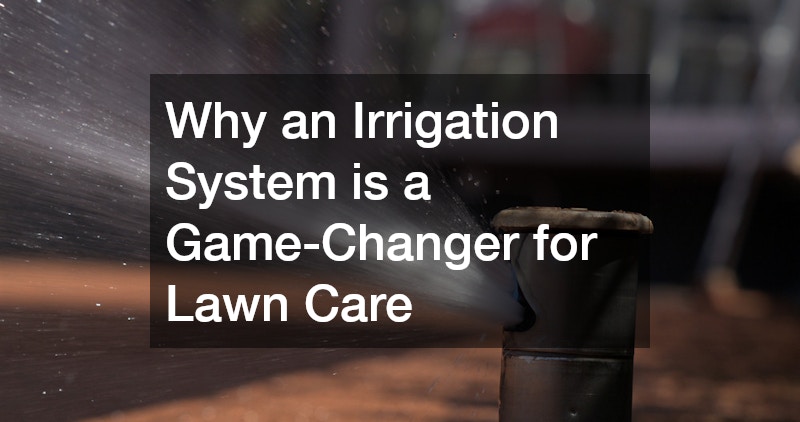Selecting the right plants for your landscape can dramatically enhance its aesthetic appeal. Plants should be chosen based on their compatibility with the local climate, soil type, and the specific needs of the location. For instance, incorporating native plants not only ensures resilience but also supports local wildlife, such as bees and butterflies, which can naturally pollinate your garden and promote healthy growth. The variety of colors, textures, and heights can help create a visually cohesive and dynamic environment. Additionally, using perennials can reduce long-term maintenance requirements while still providing seasonal color and interest.
Mixing different plant species can create layers and depth, which enhances the natural beauty of the landscape. Consider using a backdrop of taller shrubs, with mid-height plants in front, followed by ground covers. This approach not only provides a structured appearance but can also help in soil erosion control. Moreover, it enhances privacy and can act as a windbreak. It’s crucial to account for the plant’s growth patterns over time to ensure they do not overcrowd the area, maintaining the intended design balance.
The choice of plants can have both aesthetic and practical implications. For example, selecting evergreens ensures year-round color and interest, while deciduous trees can provide shade in summer and allow sunlight in winter, helping with energy efficiency. When planning, consider the blooming periods of flowering plants to maintain a colorful garden throughout the year. In contrast, incorporating aromatic herbs and flowers can add sensory experiences besides visual appeal. Ultimately, plant selection should align with the overall theme and purpose of your landscaping in Broken Arrow, OK or similar areas.
Integrating Hardscaping Features
Hardscaping involves the integration of non-living elements into your landscape design, such as paths, walls, and patios, which can significantly change the landscape’s functionality and aesthetics. Adding pathways encourages exploration and defines walkable areas, preventing wear on the lawns. Patios offer space for social gatherings and leisure, transforming your garden into an extension of your living space. Using natural elements such as stone or wood in the hardscape design helps it blend seamlessly with the surroundings. These hardscaping elements should be planned to complement the overall design and purpose of your landscape.
On a practical level, retaining walls can be employed to tackle drainage issues, as they direct water flow and prevent soil erosion. These structures also offer opportunities to display cascading plants and create multiple planting levels, introducing elevation changes. Opting for local materials can reduce costs and ensure greater harmony with the local environment. When well-designed, hardscape features support not only the aesthetics but also the functionality of your landscape by providing organized spaces and structural support. Collaborating with a professional specializing in landscaping in Broken Arrow, OK or similar areas can yield innovative solutions tailored to your specific needs and site conditions.
Lighting is another crucial hardscaping element that often gets overlooked. Integrating proper lighting can drastically change the landscape’s ambiance, extending usability into the evening hours. Illumination can be both functional and aesthetic, accentuating landscape features such as water elements or significant plantings. Solar-powered lights are an eco-friendly option that reduces operational costs while providing adequate lighting. Thoughtful lighting brings out the textures and colors of the landscape, adding depth and drama during nighttime.
Maintaining and Sustaining Your Landscape

Sustaining your landscape’s vitality requires regular maintenance practices tailored to its specific components. Water management is crucial, particularly in conserving resources while ensuring plant health. Implementing a drip irrigation system can efficiently water plants with minimal waste, delivering moisture directly to the roots where it’s needed most. Mulching is another effective strategy, which helps retain soil moisture, suppress weeds, and improve soil quality. Regular assessment and adjustment of watering practices are necessary to accommodate seasonal changes and ensure optimal plant health.
Pruning and trimming are vital maintenance activities that help maintain the desired shape and promote the healthy growth of plants. Regular cutting back of shrubs and trees prevents overgrowth and allows for better light and air circulation within the garden. It’s essential to prune at the right time of year for each plant species, to avoid stress and encourage vigorous blooming or fruiting cycles. Moreover, regular fertilization based on soil test results supports nutrient needs and can enhance the overall health and resilience of the plants. Proper maintenance ensures a landscape remains visually appealing and thriving throughout the seasons.
Incorporating Water Features for Visual and Sensory Appeal
Water features can bring a sense of tranquility and elegance to any landscaping design. From simple birdbaths to elaborate fountains or small ponds, the presence of water introduces movement, sound, and reflection, enhancing the sensory experience of the space. Beyond aesthetics, water features can attract local wildlife, such as birds and frogs, contributing to a thriving backyard ecosystem. When planning, it’s important to consider the size, scale, and maintenance requirements of the water element to keep it in harmony with the rest of the landscape. Circulating systems and native aquatic plants can help reduce algae growth and support a clean, healthy water environment.
Sustainable landscaping practices go beyond simple maintenance but align with long-term ecological balance and resource efficiency. Composting plant waste contributes to enriching soil fertility, promoting healthy plant growth without relying on chemical fertilizers. Choosing drought-resistant plant varieties further reduces water usage, especially in regions prone to periodic drought conditions. Encouraging biodiversity by including diverse plant species can prevent pest outbreaks and minimize dependency on pesticides. By adopting sustainable practices, your landscaping in Broken Arrow, OK or similar regions not only secures its own health but also contributes positively to the larger ecological environment.


